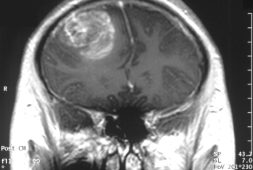
Streptococcal Throat Infection, also known as Streptococcal pharyngitis, more commonly referred to as Strep Throat or just Strep, is an infection that can make your throat feel sore or scratchy. It can affect people of all ages, but is most commonly found in school-aged children between 5 to 15 years old. In the United States, children can get the disease more or less every 4 years, which makes it one of the most commonly occurring illnesses within that age group. However, all age groups taken together, strep throat accounts for only a small portion of sore throat cases.
Strep throat is caused by the bacteria known as Streptococcus pyogenes, also known as group A streptococcus. Streptococcus bacteria are easily transmissible, making strep throat highly contagious. The bacteria can be transmitted from person to person, either by direct transfer of mouth fluids, or indirect contact with surfaces that contain the bacteria, which would have been transferred to that surface by means of contact with a mouth fluid. This means the disease can be spread through airborne aerosolized droplets when infected persons cough or sneeze, or when infected persons share food or drinks, or even eating utensils, that have already touched their mouths. Even doorknobs and railings can harbor the bacteria if it is touched by mouth fluids coming from infected persons.
The disease occurs most often during the cold seasons, like late autumn, winter, and early spring. During these seasons, children would usually be confined indoors, with the confined space being an environment more conducive to transmission of the bacteria.
Streptococcus bacteria incubate in the area of 2 to 5 days from the time a person is exposed to it. Because of this, signs and symptoms can appear quite fast. Some of the signs and symptoms of strep throat can be similar to those of other infections or illnesses. This is why a doctor will generally test specifically for strep throat when these signs and symptoms occur, as correctly identifying the cause of an illness is important for effective treatment. It is even possible for a person to be infected, and be infectious, and still not get sick, showing no signs and symptoms of the infection.
The following signs and symptoms are the usual indicators of a streptococcal throat infection.



